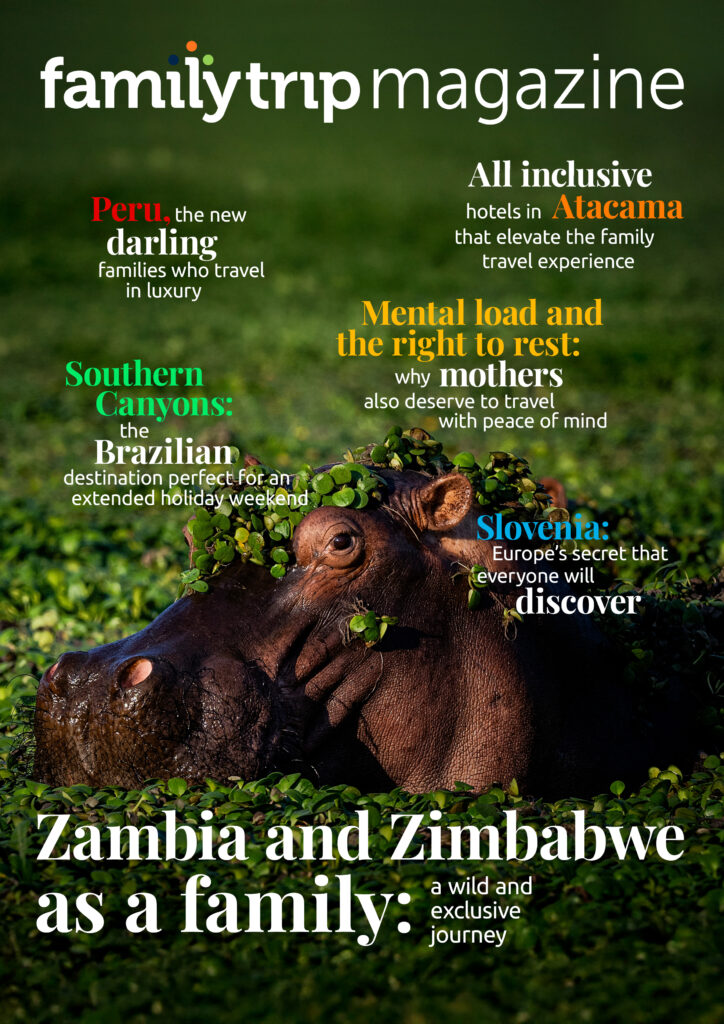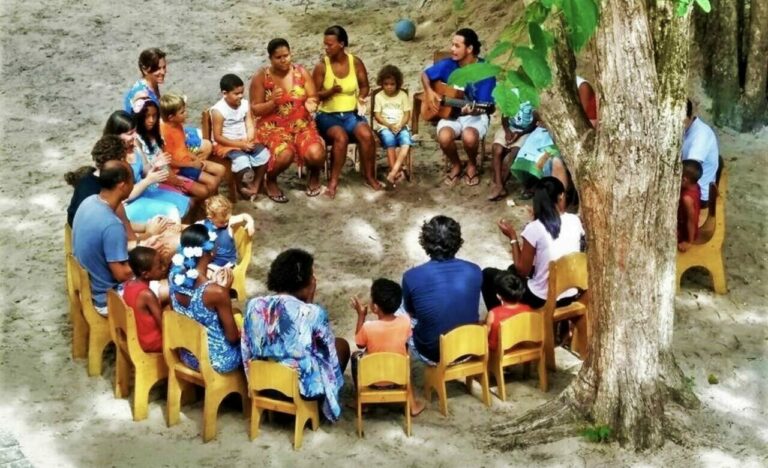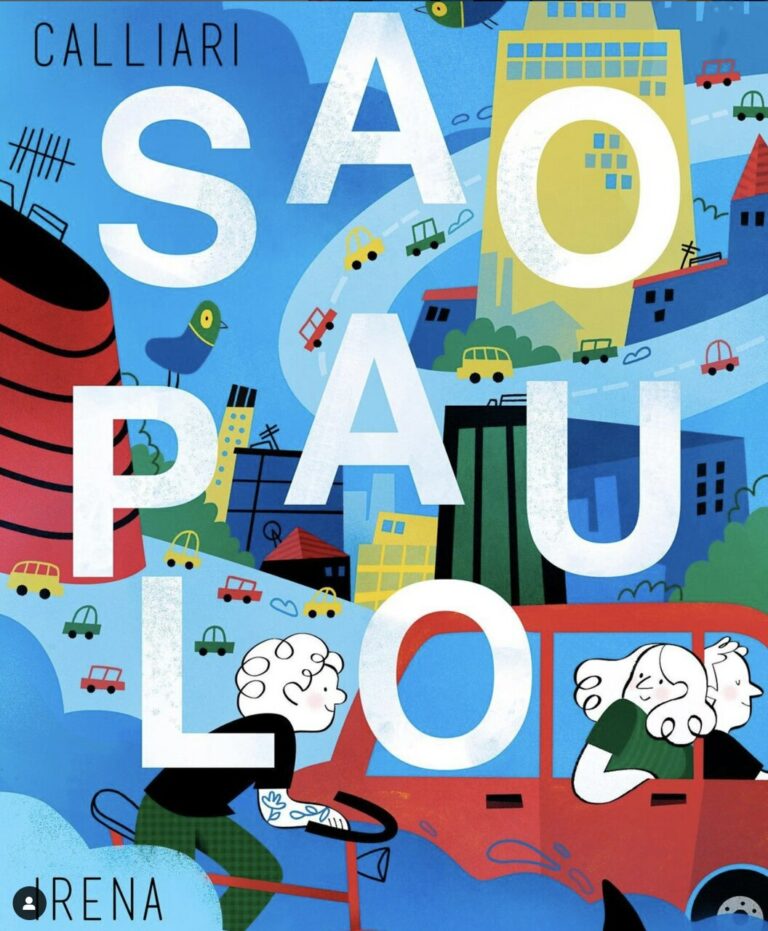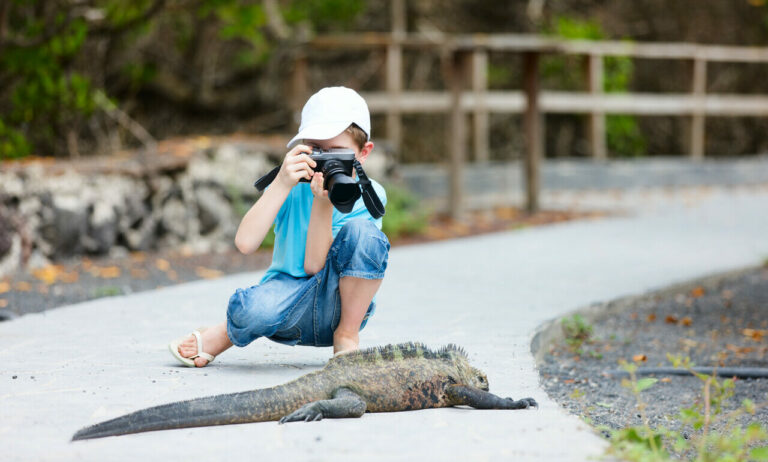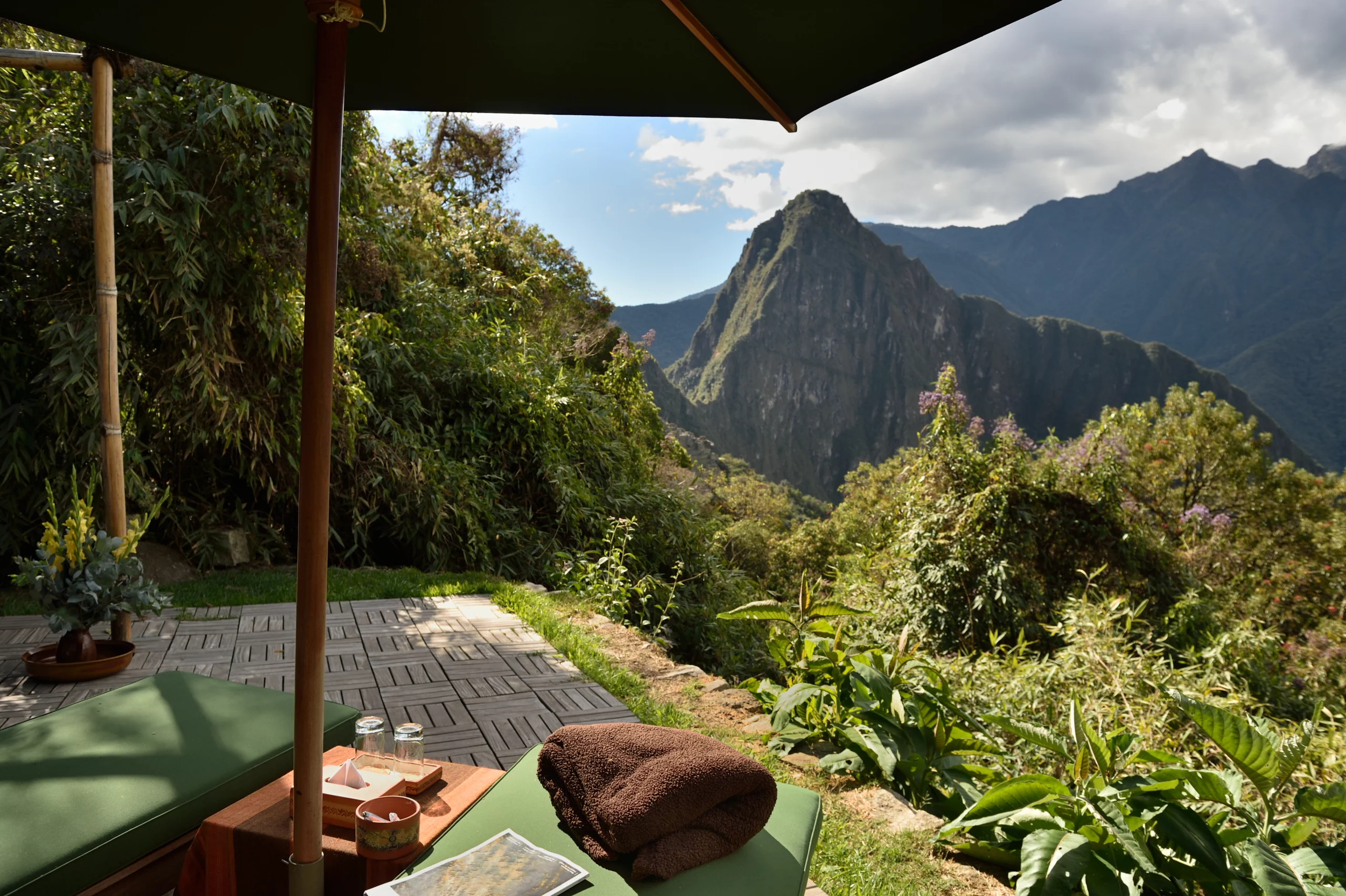
- Pure luxury
Peru: the new darling families who travel in luxury
Amid ancient traditions, Peru conquers the modern traveler seeking cultural immersion without sacrificing comfort
By Natália Faria G. Viana
For a long time, Peru remained on the margins of high-end travelers’ preferences. Although it has always been a destination of great cultural and historical appeal, its association with adventure tourism and the backpacker profile kept away those who prioritize comfort, exclusive services, and carefully planned experiences. But this perception has changed. In recent years, the country has undergone a significant transformation, establishing itself as one of the great bets in luxury tourism. The valorization of gastronomy, the restructuring of hotel offerings, and the growing demand for travel that balances sophistication with authenticity have driven a new positioning. Today, exploring Peru doesn’t just mean traversing archaeological sites and historic trails, but experiencing a destination that combines history, culture, and impressive landscapes with a level of service that meets the most demanding travelers.
Peru’s rise in high-end tourism reflects a global movement. Increasingly, families who have already traveled the classic routes of Europe and Asia seek destinations that offer more than just traditional luxury. Interest in experiences that connect generations and create shared memories has redefined the concept of sophisticated travel. In Peru’s case, this transformation occurs in how the country delivers its cultural richness without sacrificing exclusivity. Hotels installed in restored historic buildings, private tours led by archaeologists, and award-winning chefs who recover ancestral techniques are some of the elements that make the destination a natural choice for families who value authenticity combined with refinement.
Peru repositions itself in the imagination of high-end tourism. If it was once seen as an adventure destination, today it consolidates as a territory of sophisticated discoveries, where history, nature, and culture intertwine in carefully planned itineraries. But for Brazilians, this destination carries an even stronger meaning. Traveling to Peru is not just a gesture of sophistication, but a rescue of our Latin American roots. If in the past elites traveled to Paris to absorb culture and refine their worldview, today true luxury lies in knowing what brings us closer to our own history. Peru is not a destination that should be left for later — it’s an essential piece for understanding the place we occupy in the world.
Lima: gastronomic sophistication and vibrant culture
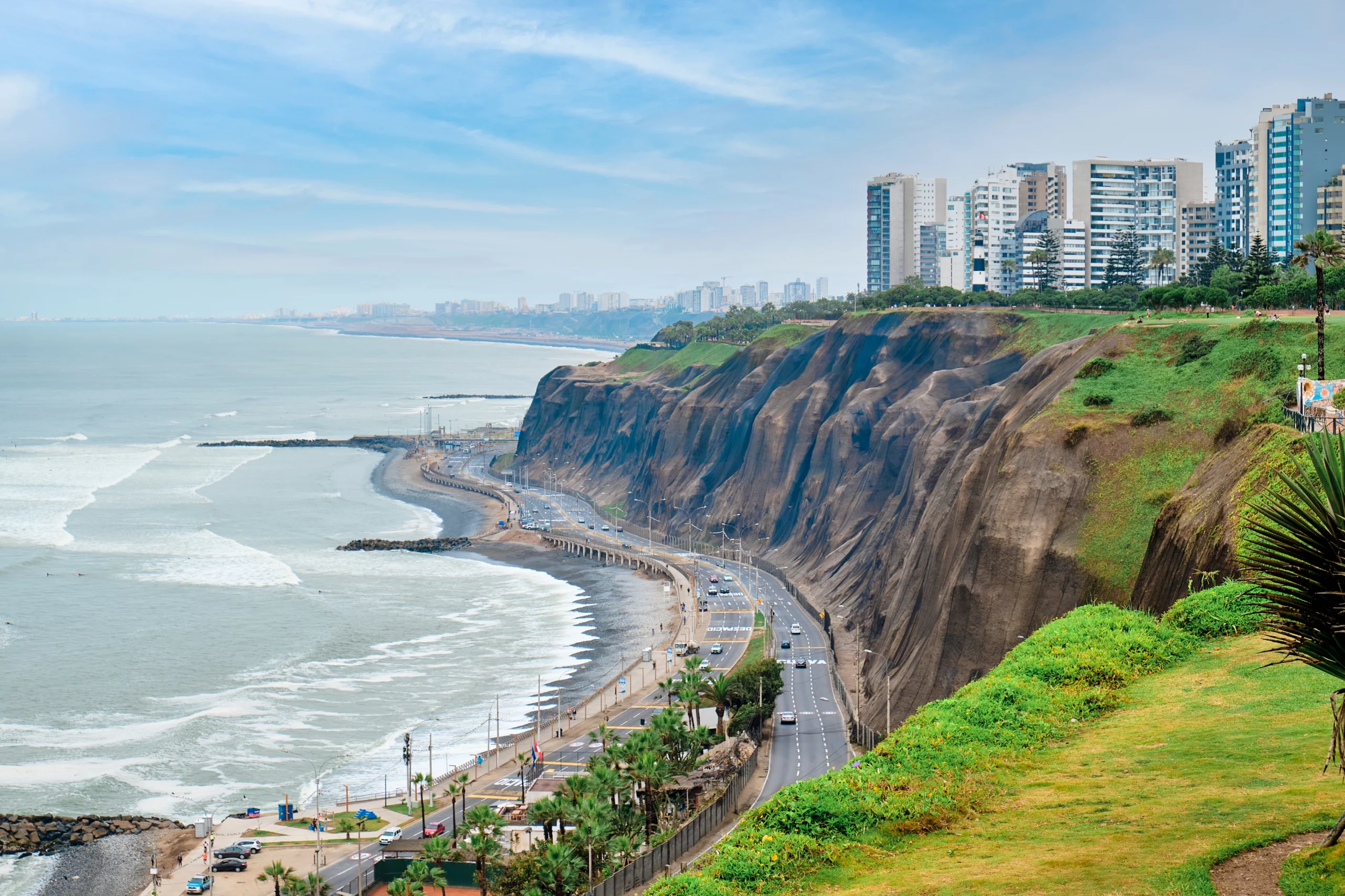
Peru’s transformation in luxury tourism began in Lima, a city that, until recently, was seen as a stopover before Cusco and Machu Picchu. Today, the capital positions itself as a destination in its own right, driven by one of the world’s most awarded gastronomic scenes and a cultural revitalization that has made it one of Latin America’s most interesting hubs. Restaurants like Central and Maido have elevated Peruvian cuisine to international status, but the city’s gastronomic sophistication goes beyond the big names. Private experiences, such as market visits with renowned chefs and exclusive tastings of native ingredients, have become part of the itinerary for those wanting to understand Peru through its cuisine.
Lima also stands out for its fusion of tradition and modernity. Neighborhoods like Barranco house contemporary art galleries and boutiques that rescue Peruvian design and art in a sophisticated approach. Museums like Larco, in turn, offer an in-depth look at pre-Columbian history, providing cultural immersion that goes beyond conventional visits. The city, which combines the dynamism of a metropolis with the weight of historical heritage, is the perfect introduction to a country that uniquely balances past and present.
Cusco: preserved history amid luxury
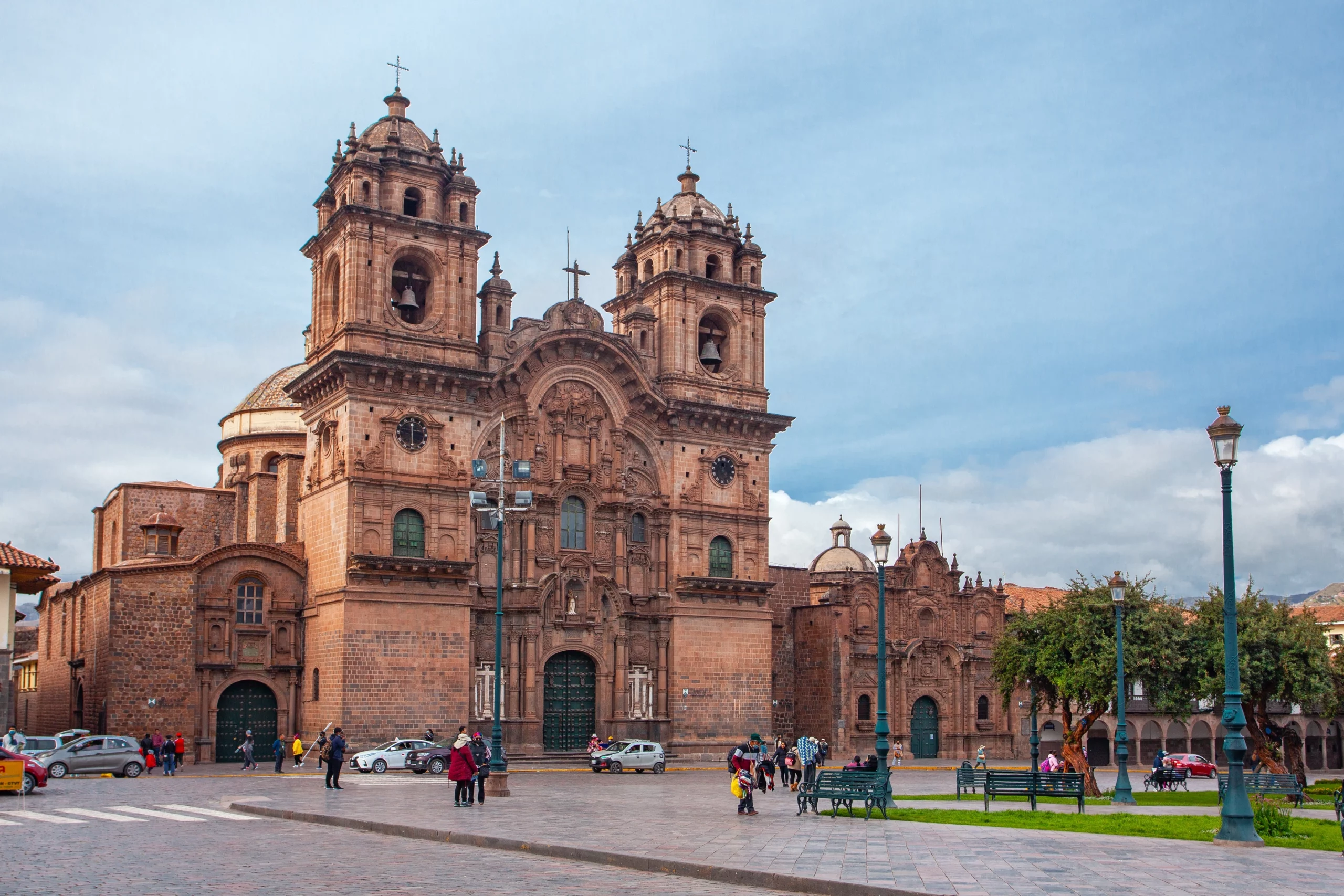
Upon arriving in Cusco, the first impact is the sensation of being in a place where time unfolds in layers. The ancient Inca capital, situated at more than 3,000 meters altitude, preserves not only its archaeological remains but also the atmosphere of a past that remains present. In Plaza de Armas, colonial mansions built over Inca foundations witness the meeting of different eras, while stone streets lead to temples that date back to the grandeur of the civilization that inhabited the region before the Spanish arrival.
Unlike other historic destinations, where tourism often transforms the city into a backdrop for visitors, Cusco maintains an authenticity reflected in its markets, gastronomy, and the way Andean culture permeates daily life. For families seeking differentiated experiences, exploring the city at a decelerated pace, accompanied by specialists who contextualize every detail, allows a level of immersion that goes beyond conventional tourism. Hotels installed in restored historic mansions offer stays that combine comfort and history, and some of these properties include exclusive experiences, such as private dinners in colonial courtyards or Andean astronomy sessions that reveal how the Incas oriented themselves by the stars.
Sacred Valley: a strategic pause between Cusco and Machu Picchu
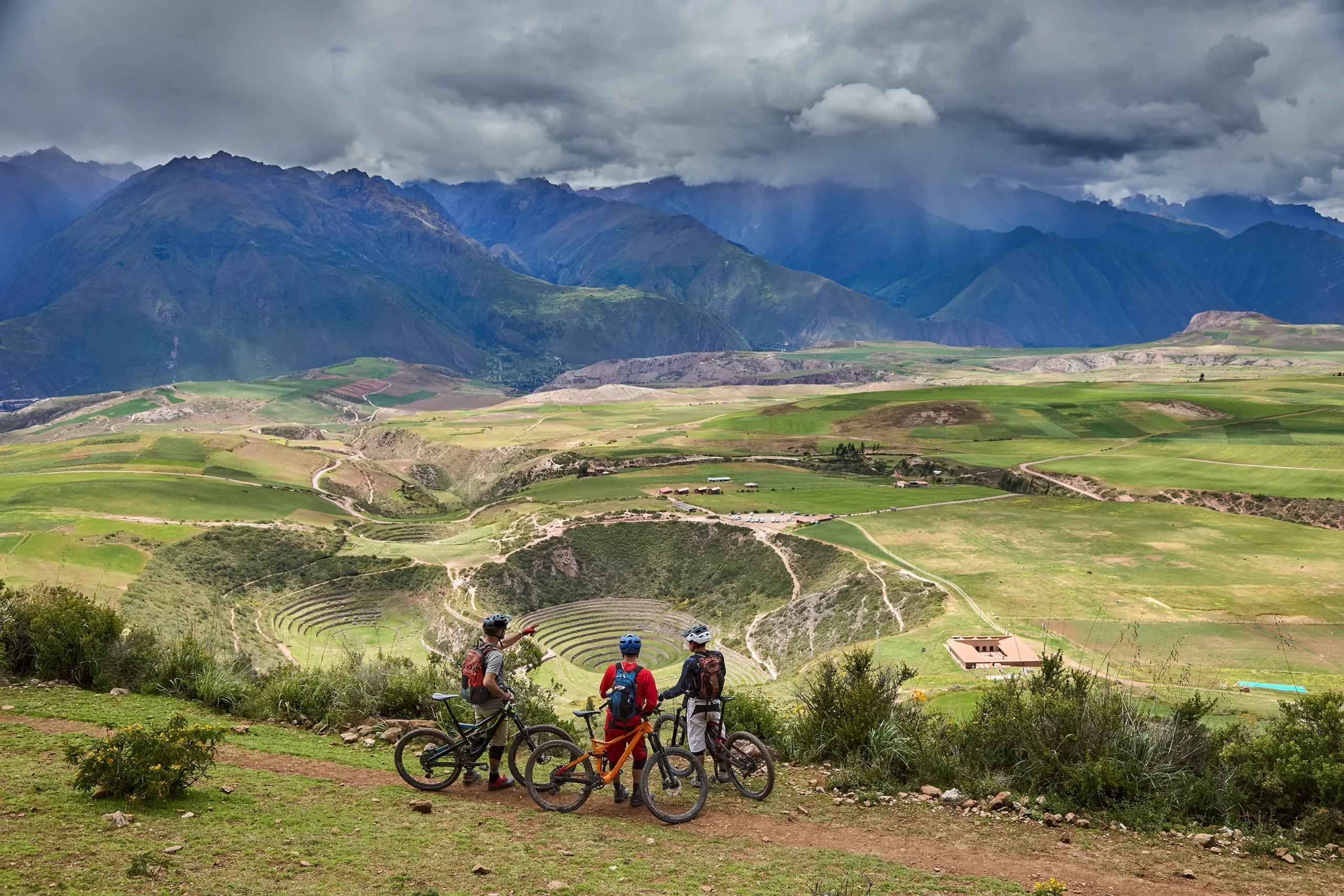
A few hours from Cusco, the Sacred Valley emerges as a refuge for families wanting to balance cultural discoveries with contemplative moments. Unlike Cusco’s urban atmosphere, the valley offers closer contact with Andean traditions, in a setting of mountains and cultivated fields that still follow Inca agricultural methods. Villages like Pisac and Ollantaytambo preserve a daily life that keeps past heritages alive, while sophisticated accommodations in the region create an environment conducive to slowing down and absorbing the surroundings.
Inca architecture is present in archaeological sites that defy time, and visits led by archaeologists and historians guarantee an in-depth look at the genius of constructions that have resisted for centuries. But the Sacred Valley has also become a wellness destination, with hotels offering treatments based on ancestral practices, sunrise yoga sessions, and balloon rides that reveal the landscape’s grandeur from a new perspective.
Machu Picchu: a visit beyond conventional tourism
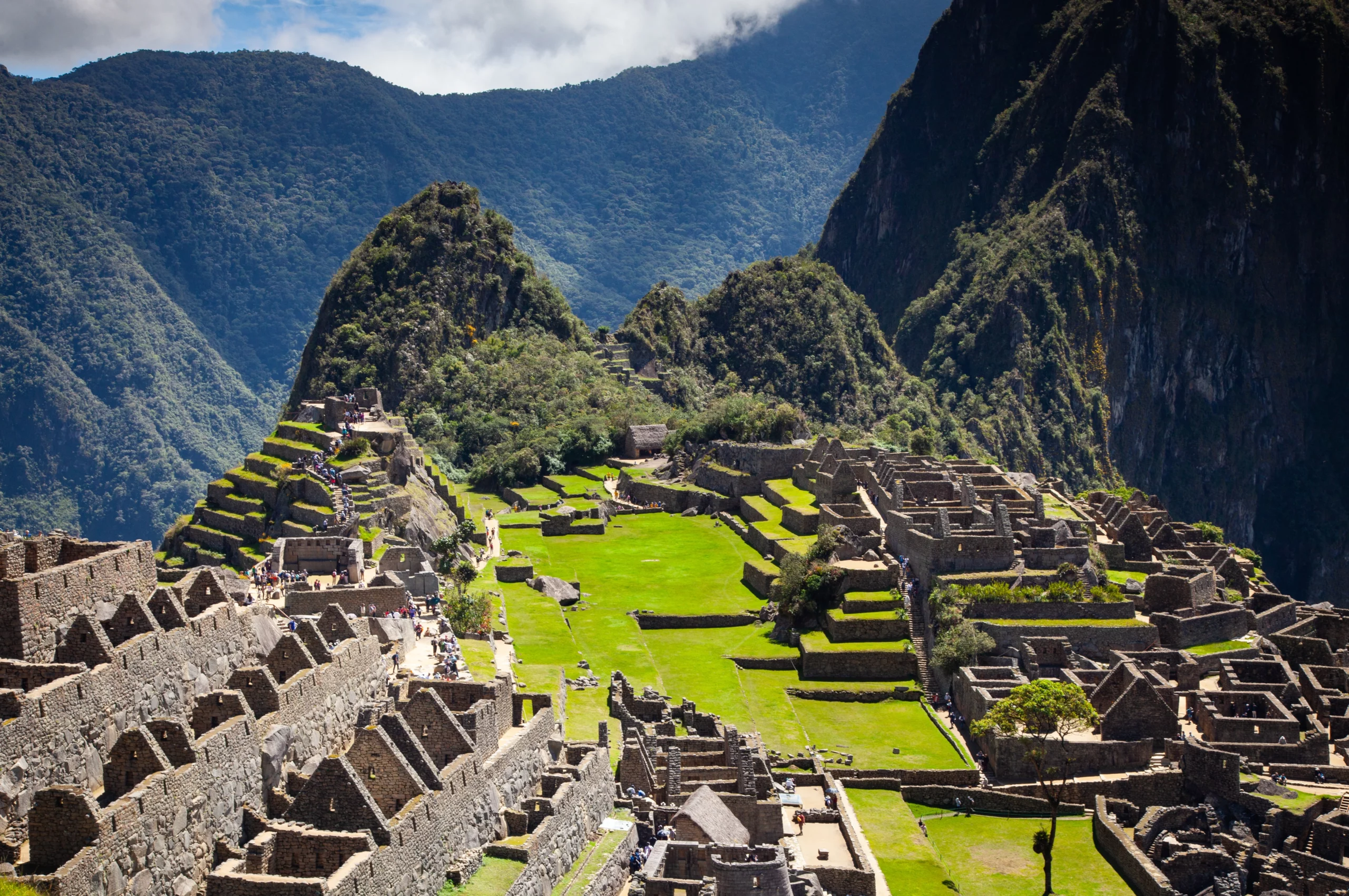
No trip to Peru is complete without visiting Machu Picchu, but exploring the Inca city without planning can mean facing long lines and intense tourist flow. For families seeking a differentiated experience, there are ways to make this journey more exclusive, allowing the discovery of this archaeological icon to happen with the time and attention it deserves.
The journey to Machu Picchu can be as memorable as the arrival. For those wanting comfort and sophistication, the Belmond Hiram Bingham has transformed the train journey into an experience apart, evoking the charm of great 19th-century expeditions. Between elegant cars, refined dinners, and impeccable service, the crossing through the Andes acquires a decelerated rhythm, allowing travelers to contemplate the landscape and absorb the path’s grandeur. For those who prefer a more active approach, the Inca Trail — in reduced and adapted versions for different profiles — offers the chance to follow the steps of the region’s ancient inhabitants, connecting with history before even reaching the final destination.
Once at Machu Picchu, how the visit is conducted makes all the difference. Avoiding peak hours and having specialized archaeologists’ accompaniment transforms the experience, allowing a more detailed look at the mysteries surrounding the citadel. Far beyond classic panoramic images, there are nuances in Inca engineering and social organization that only reveal themselves to those who traverse the place calmly and with context. For families traveling with children and teenagers, the Inca city can be presented in an engaging way, awakening fascination with the past and making the visit more than a tour — a discovery shared between generations.
Machu Picchu is not just a destination, but a symbol of everything that makes Peru a singular country. Its architectural splendor, historical context, and dramatic location among mist-covered mountains compose an experience that remains in any traveler’s memory. But more than that, the way each family chooses to explore Machu Picchu defines the depth of this experience. In a world where haste often compromises experience, slowing down and absorbing every detail makes all the difference.
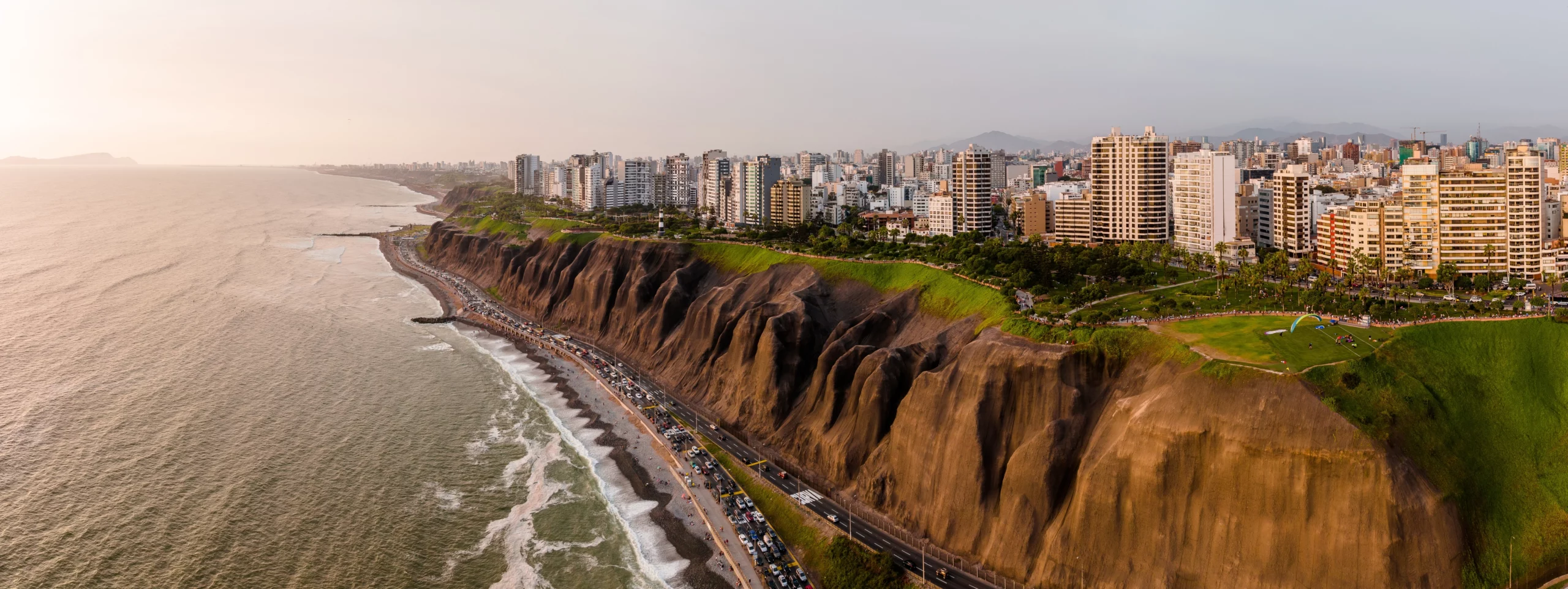
Peru as an indispensable destination
Peru has ceased being a secondary destination to become one of the most relevant names in high-end tourism. Few places in the world offer, in a single trip, such a balanced fusion of culture, nature, and sophistication. Here, the concept of luxury is not limited to impeccable hotels and exclusive services, but translates into how the traveler connects with history, gastronomy, and experiences that forever mark the family’s relationship with the destination.
Over recent years, those who travel with sophistication have begun seeking more than known scenery and predictable itineraries. There’s a growing desire for experiences that add value, for destinations that offer a deeper look at the world while preserving a comfort level that guarantees experience lightness. In Peru, this trend manifests in every detail — whether in differentiated access to Machu Picchu, dinners that tell the country’s history through flavors, or the possibility of touring Cusco and the Sacred Valley unhurriedly, accompanied by specialists who make the trip something much greater than a simple visit to a new place.
If in the past, luxury travelers considered Europe or Southeast Asia as the only obligatory territories in their world journey, today Peru imposes itself as an essential destination. For those who follow international tourism trends and know there are places that need to be experienced before they become excessively popular, postponing this trip is no longer an option. Peru is at the vanguard of new luxury and, more than an interesting choice, has become a destination that defines the repertoire of those who truly understand the value of a great experience.
Things the Way Family love to pack in their suitcase:
Gate
Eletronics for the travel: smartphone, drone, câmera, charger,…
Destiny
UV clothes, bikinis, caps, diving goggles, snorkel mask and other accessories…

